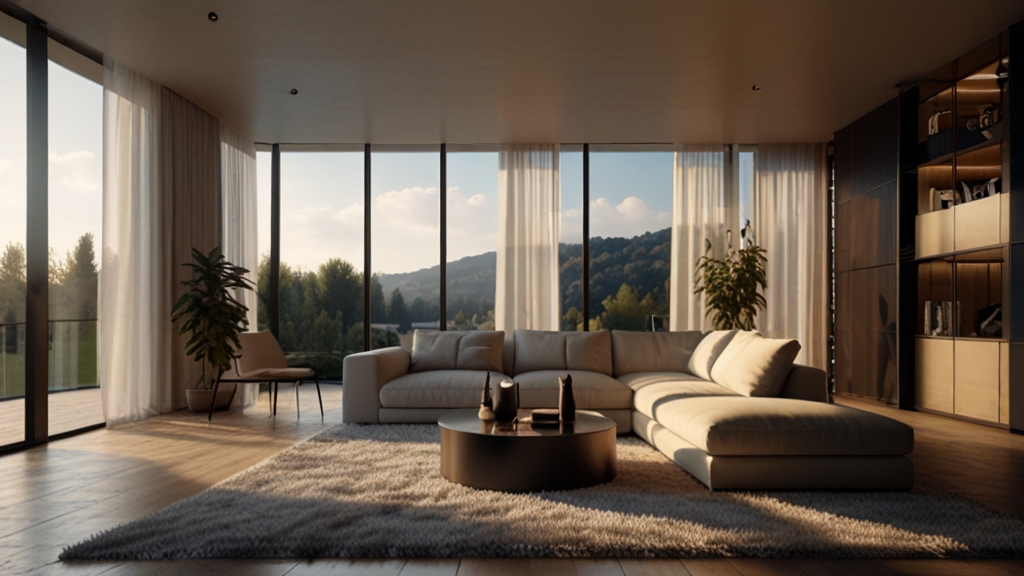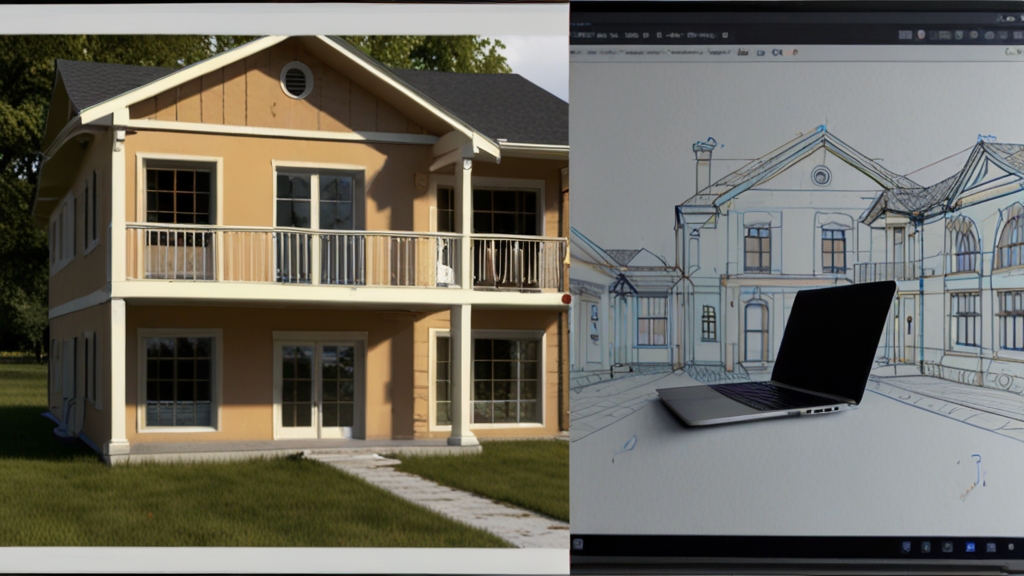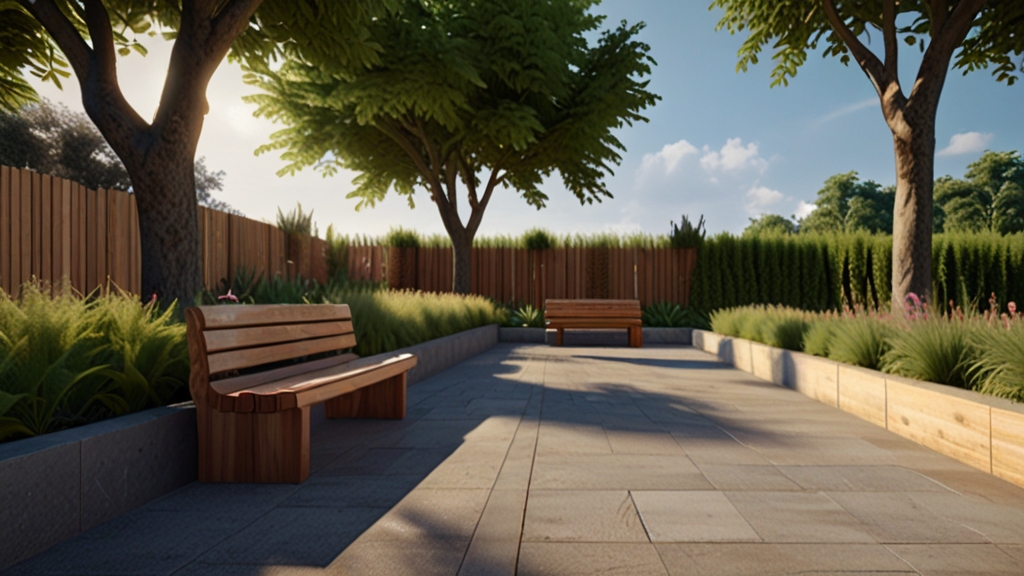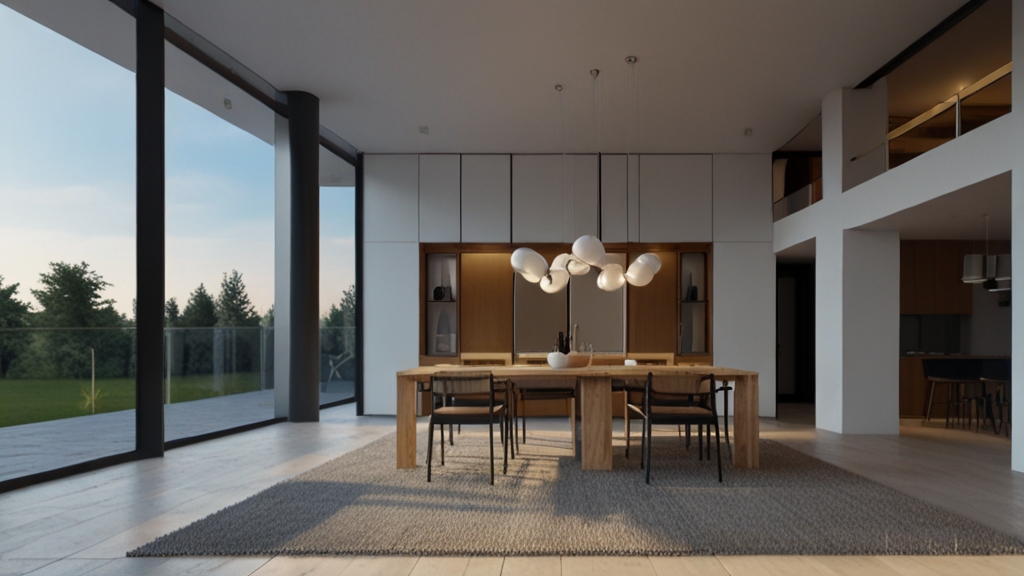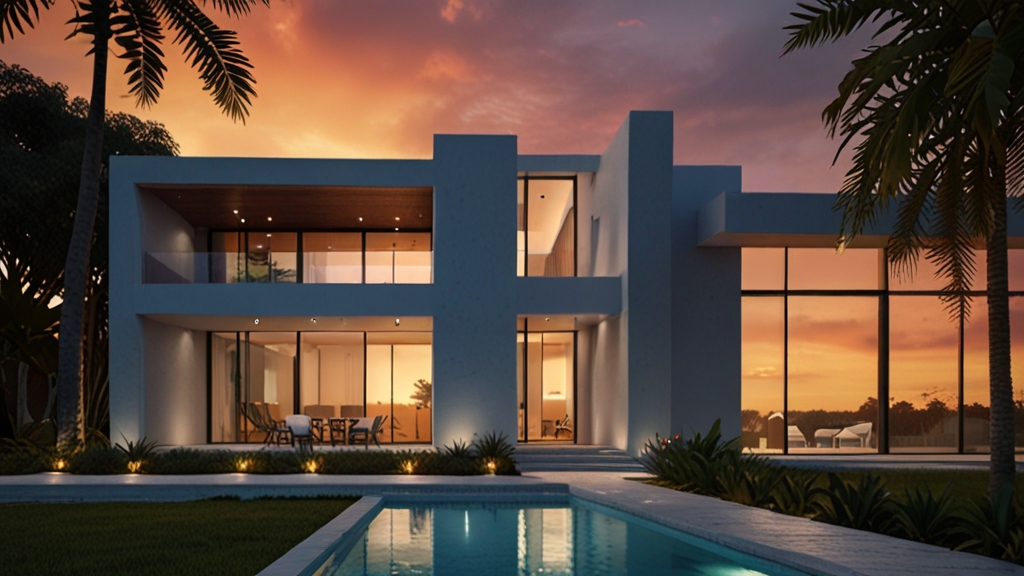The Importance of Lighting in Architecture and Interior Spaces
In the realm of architectural design and interior planning, lighting plays a pivotal role that extends beyond merely illuminating a space. The manner in which light is handled can completely transform the perception of the environment, influence the mood of its inhabitants, and accentuate key architectural features. Let’s delve into why lighting is one of the foremost considerations in any architectural project.
Accentuates Architecture
Proper lighting can accentuate and emphasize the architectural features of a building, from its elegant lines to its intricate textures. By strategically illuminating elements such as columns, arches, or ornamental details, a dramatic effect is created that enhances the space’s aesthetics and lends it a unique identity.
Creates Ambiances and Atmospheres
Lighting not only provides illumination but also sets the tone and atmosphere of a space. The color temperature, intensity, and direction of light can be used to create ambiances ranging from warm and inviting to cool and contemporary. Skillful play of light and shadow can transform a neutral environment into a vibrant and lively place.
Enhances Well-being and Productivity
Proper lighting not only enhances the aesthetics of a space but can also have a significant impact on the well-being and productivity of its occupants. Natural light, in particular, has been shown to promote emotional well-being, reduce stress, and increase concentration and productivity. Incorporating ample natural light into architectural design is therefore crucial for creating healthy and stimulating environments.
Maximizes Space Utilization
Thoughtful lighting planning can help maximize the use and functionality of a space. By properly illuminating specific areas such as work zones, relaxation areas, or display spaces, a balanced distribution of light is created that caters to the users’ needs and facilitates flow within the environment.
Sustainability and Energy Efficiency
In an increasingly environmentally conscious world, sustainable and energy-efficient lighting is paramount. Utilizing low-energy LED lighting technologies and integrating intelligent control systems not only reduces energy consumption but also contributes to the long-term sustainability of the building.
In conclusion, lighting is a critical element in architectural design and interior planning, with a significant impact on the aesthetics, well-being, and functionality of a space. By understanding and harnessing the power of light, architects and designers can create environments that are not only visually stunning but also comfortable, inspiring, and energy-efficient.
La Importancia de la Iluminación en la Arquitectura y Espacios Interiores
En el mundo del diseño arquitectónico y la planificación de interiores, la iluminación desempeña un papel fundamental que va más allá de simplemente iluminar un espacio. La manera en que se maneja la luz puede transformar por completo la percepción del entorno, influir en el estado de ánimo de quienes lo habitan y resaltar las características arquitectónicas clave. Veamos por qué la iluminación es una de las consideraciones más importantes en cualquier proyecto arquitectónico.
Acentúa la Arquitectura
La iluminación adecuada puede resaltar y destacar las características arquitectónicas de un edificio, desde sus líneas elegantes hasta sus texturas intrincadas. Al iluminar estratégicamente elementos como columnas, arcos o detalles ornamentales, se crea un efecto dramático que realza la estética del espacio y le otorga una identidad única.
Crea Ambientes y Atmósferas
La iluminación no solo proporciona luz, sino que también establece el tono y la atmósfera de un espacio. La temperatura de color, la intensidad y la dirección de la luz pueden utilizarse para crear ambientes que van desde cálidos y acogedores hasta frescos y modernos. Un juego hábil de luces y sombras puede transformar un ambiente neutral en un lugar vibrante y lleno de vida.
Mejora el Bienestar y la Productividad
La iluminación adecuada no solo mejora la estética de un espacio, sino que también puede tener un impacto significativo en el bienestar y la productividad de quienes lo ocupan. La luz natural, en particular, se ha demostrado que promueve el bienestar emocional, reduce el estrés y aumenta la concentración y la productividad. Incorporar abundante luz natural en el diseño arquitectónico es, por lo tanto, crucial para crear entornos saludables y estimulantes.
Maximiza el Uso del Espacio
Una buena planificación de la iluminación puede ayudar a maximizar el uso y la funcionalidad de un espacio. Al iluminar adecuadamente áreas específicas, como zonas de trabajo, áreas de descanso o espacios de exhibición, se crea una distribución equilibrada de luz que atiende las necesidades de los usuarios y facilita el flujo dentro del entorno.
Sostenibilidad y Eficiencia Energética
En un mundo cada vez más consciente del medio ambiente, la iluminación sostenible y energéticamente eficiente es fundamental. La utilización de tecnologías de iluminación LED de bajo consumo y la integración de sistemas de control inteligentes no solo reducen el consumo de energía, sino que también contribuyen a la sostenibilidad a largo plazo del edificio.
En conclusión, la iluminación es un elemento crucial en el diseño arquitectónico y la planificación de interiores, con un impacto significativo en la estética, el bienestar y la funcionalidad de un espacio. Al comprender y aprovechar el poder de la luz, los arquitectos y diseñadores pueden crear entornos que no solo sean visualmente impresionantes, sino también confortables, inspiradores y eficientes energéticamente.



